What if a single metric could help predict your risk of heart disease, diabetes, cancer, or even early death? Waist-to-hip ratio (WHR) can do exactly that! In a world focused on numbers on the scale or BMI metrics, simply comparing the circumference of your waist to your hips can provide insight into fat distribution within the body that weight and BMI cannot, a key factor in understanding overall health. Two people of the same height, weight, and body fat percentage may face disparate health risks due to fat distribution. WHR has become an essential and helpful tool in preventative medicine.
How does one measure WHR?
WHR is the circumference of the waist divided by the circumference of the hips. To measure the circumference of the waist, start by standing upright and exhale. Measure the circumference of the waist with a tape measure, placed above the belly button, at the smallest part of the waist. Measure hip circumference by positioning the measuring tape around the widest part of the hips. According to the World Health Organization (WHO), people may have abdominal obesity if their WHR is above 0.85 for women and 0.90 for men.
WHR allows for a clearer picture of fat distribution. Where the fat in your body is located could have a direct impact on your risk for specific health conditions. Too much fat around the waist, abdominal obesity, may be indicative of visceral fat, adipose tissue that surrounds the organs. This dangerous fat distribution can cause systemic inflammation, leading to higher cholesterol, blood pressure, blood glucose, and triglycerides, a type of fat in your blood, increasing the probability of developing cardiovascular disease, cancer, stroke, kidney disease, and type 2 diabetes. WHR is a superior determinant of these health risks than other metrics, including BMI, obstructive sleep apnea in males without obesity, and infertility in females.
How can we help maintain a proper WHR?
Setting realistic goals, portion control, balanced diet, getting enough sleep, and exercise are a great start. If your WHR is above the standards set by the WHO, consider speaking with a medical professional. Abdominal obesity could be a result of underlying health conditions such as thyroid disease, PCOS, Cushing’s Disease, stress, anxiety, or depression. Exercise can help manage the symptoms of these diseases. Try to achieve a minimum of 150 minutes of moderate intensity exercise each week.
While weight and BMI have long dominated health conversations, WHR allows for a clearer understanding of metabolic health and disease risk. WHR is not just about aesthetics but instead, preventative maintenance on our bodies. Understanding and monitoring your WHR are important steps in improving your overall health. With WHR, your shape tells an important story.
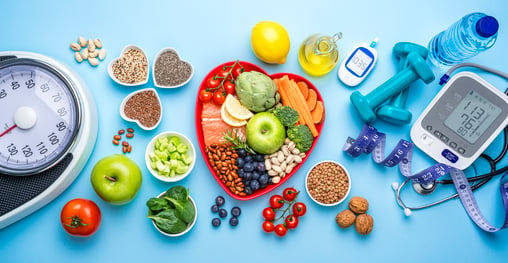

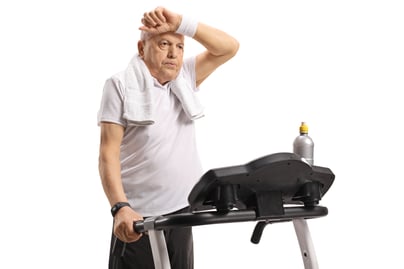 We've all been there – motivated to get fit, only to find ourselves struggling to maintain a consistent workout routine. It's a common hurdle, and the good news is that there are solutions to overcome these challenges. Let's explore four key reasons you might find it hard to stick with your workouts and how to conquer them.
We've all been there – motivated to get fit, only to find ourselves struggling to maintain a consistent workout routine. It's a common hurdle, and the good news is that there are solutions to overcome these challenges. Let's explore four key reasons you might find it hard to stick with your workouts and how to conquer them.
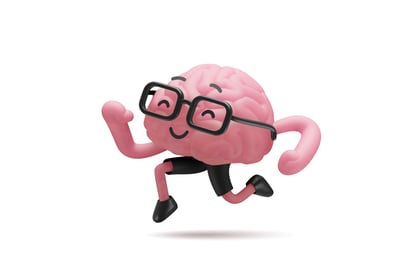 THE BRAIN: the most important organ in our body, is often the most forgotten when we think of training. Why does the brain always seem to slip through the cracks? We can’t stop talking about BMI, body fat percentage, heart rate reserve, and all these other buzz words in the fitness industry. Now you’re probably thinking “but isn’t exercise good for the brain?” and you’d be right but there is more to it than that. We aren’t specifically targeting our brain, we’re focused on our muscles, our heart and the brain is just getting a splash of the love it deserves. That’s something I’d like to change! And we can do that in the gym and at home.
THE BRAIN: the most important organ in our body, is often the most forgotten when we think of training. Why does the brain always seem to slip through the cracks? We can’t stop talking about BMI, body fat percentage, heart rate reserve, and all these other buzz words in the fitness industry. Now you’re probably thinking “but isn’t exercise good for the brain?” and you’d be right but there is more to it than that. We aren’t specifically targeting our brain, we’re focused on our muscles, our heart and the brain is just getting a splash of the love it deserves. That’s something I’d like to change! And we can do that in the gym and at home.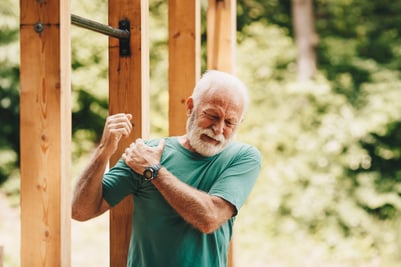 “No Pan, No Gain”
“No Pan, No Gain”.jpg?width=396&height=264&name=GettyImages-1354842116%20(1).jpg) The NIFS staff often find that employees will take time away from their desk to exercise, enjoy conversation that isn't work related, or simply decompress. Our staff are great at putting the FUN into Fitness which often results in laughter during classes, conversations and that sense of community in our client's onsite fitness centers.
The NIFS staff often find that employees will take time away from their desk to exercise, enjoy conversation that isn't work related, or simply decompress. Our staff are great at putting the FUN into Fitness which often results in laughter during classes, conversations and that sense of community in our client's onsite fitness centers.
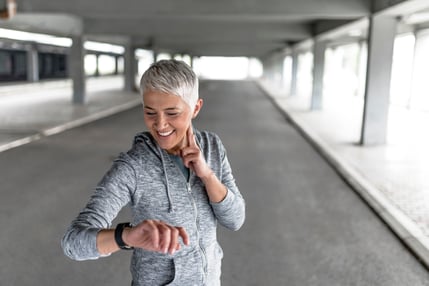 Exercising and having a healthy diet are key components to maintaining or even improving heart health. A heart healthy diet consists of food low in cholesterol, sodium, and high in fiber. Following the
Exercising and having a healthy diet are key components to maintaining or even improving heart health. A heart healthy diet consists of food low in cholesterol, sodium, and high in fiber. Following the 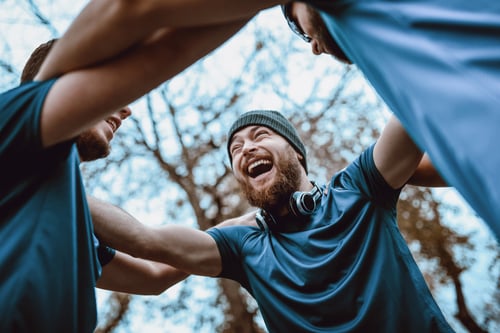 The impact of physical activity on mood has been researched over the last few decades. There has been speculation that an increase in physical activity can provide a substantial positive impact on one’s mood, but to what extent? Let’s dive into the known relationship between physical activity and mood, how much of an effect physical activity can have, and finally will provide a few brief explanations over the mechanisms of which physical activity increases mood!
The impact of physical activity on mood has been researched over the last few decades. There has been speculation that an increase in physical activity can provide a substantial positive impact on one’s mood, but to what extent? Let’s dive into the known relationship between physical activity and mood, how much of an effect physical activity can have, and finally will provide a few brief explanations over the mechanisms of which physical activity increases mood!
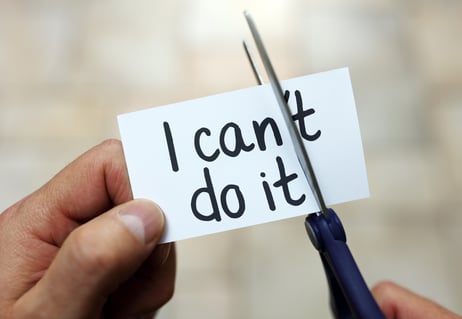

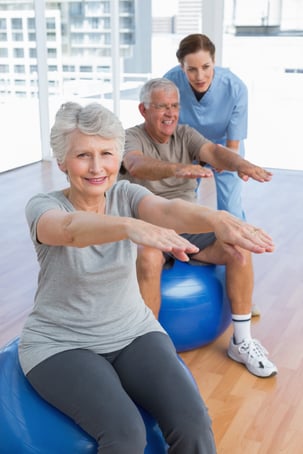 You’ve heard the saying, “it takes a village to raise a child”, right? The idea is that a child needs a whole village worth of support an influence, and education, and diversity to be raised into a healthy and vibrant member of society. If we look at individual wellbeing through a similar lens, I would say that it takes a team to help an individual be well.
You’ve heard the saying, “it takes a village to raise a child”, right? The idea is that a child needs a whole village worth of support an influence, and education, and diversity to be raised into a healthy and vibrant member of society. If we look at individual wellbeing through a similar lens, I would say that it takes a team to help an individual be well. 
